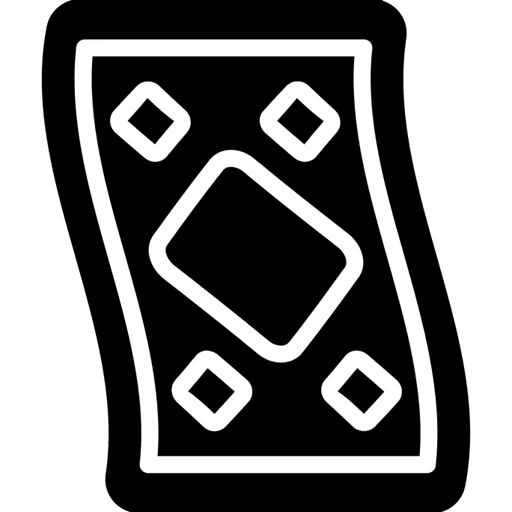Opt for wool rugs if you desire long-lasting durability that withstands daily wear and tear. Wool’s natural resilience allows it to resist crushing and maintain its appearance for decades when properly cared for. Synthetic fibers like nylon and polypropylene also demonstrate exceptional longevity. Nylon rugs, in particular, combine strength with stain resistance, making them ideal […]
Author: Old Turkish Carpets
Who makes the best rugs in the world?
Choosing a rug from a reputed maker guarantees durability, vibrant colors, and intricate designs that stand the test of time. Leading brands like Abraham Moons, Kasthall, and Shaw Rugs demonstrate exceptional attention to detail, sourcing the highest quality raw materials and employing age-old weaving techniques that elevate each piece beyond simple decoration. Many of the […]
What is a flaw in a Persian rug?
Identify and assess flaws in Persian rugs early to prevent long-term damage and preserve their value. Small issues like uneven knots or color inconsistencies can develop into more serious problems if left unaddressed, affecting both appearance and durability. Pay attention to weaving irregularities, such as misaligned patterns or loose threads, which often signal craftsmanship flaws. […]
What is so special about Turkish rugs?
Discovering the distinct beauty of Turkish rugs starts with appreciating their intricate craftsmanship and vibrant designs. These rugs are more than just decorative covers; they are a reflection of cultural traditions passed down through generations. Colorful motifs, floral patterns, and geometric shapes form the foundation of their allure, each telling a story rooted in centuries-old […]
How much should a good quality rug cost?
Set your budget between $500 and $2,500 for a genuine, handmade rug, depending on size, materials, and craftsmanship. This range reflects the true value of well-crafted pieces, ensuring you invest in durability and beauty without overpaying. Evaluate a rug’s price by analyzing material quality, knot density, and origin. For example, Turkish and Persian rugs typically […]
Can Turkish rugs be washed?
Turkish rugs can often be cleaned effectively at home, but it’s crucial to understand the proper methods to avoid damage. Generally, rugs made from delicate materials or elaborately woven designs require special care, and knowing when and how to wash them ensures their longevity. Start by inspecting the rug for specific labels or manufacturer instructions […]
Choose designs that emphasize the contrast between black and white to convey deep symbolism and cultural significance. These patterns often symbolize duality, balance, and harmony, making them powerful elements in both traditional and modern decor. Focus on motifs that highlight contrast, such as geometric shapes or intricate floral arrangements, to enhance the visual impact and […]
How can you tell if a Persian rug is real?
Focus on the knot density as a primary sign of authenticity: higher knot counts typically indicate handwoven craftsmanship, with 120 to 400 knots per square inch being common for genuine pieces. Gently examine the rug’s back to see if the knots are visible and uniformly tied; machine-made rugs often have a mesh or grid pattern […]
How long can a rug stay rolled up?
It is safe to leave a rug rolled up for up to six months if it is stored properly in a cool, dry, and well-ventilated space. Extended periods beyond this can lead to permanent creases, mold growth, or damage to the fibers if the rug is not given adequate ventilation and support. To prevent deformation […]
Should you put a pad under a Persian rug?
Using a pad beneath a Persian rug can significantly prolong its lifespan by providing cushioning and preventing wear in high-traffic areas. Without a pad, the rug’s fibers are more vulnerable to friction and movement, which can lead to premature fraying and distortion. Applying a quality pad enhances safety by reducing the risk of slips and […]
